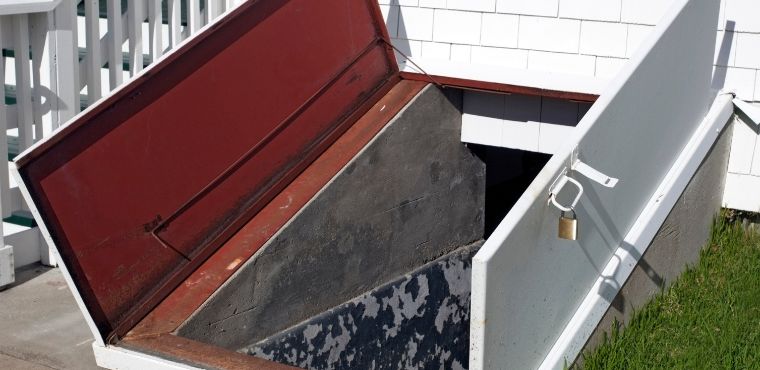When you and your family find yourselves in a crisis, having everything you need at your fingertips could be vital to survival. Storm shelters provide protection from even the strongest weather events while keeping essential tools and supplies accessible when you need them. However, even the largest of these bunkers are limited in space, so finding ways to increase your usable storage space is key. These are important tips for maximizing storm shelter storage and ensuring you always have core necessities within reach.
Keep Your Shelter Clean
If you’re committed to making more space in your home’s storm shelter, the first thing to do is clean the room out. Decluttering is one of the top maintenance and cleaning tips for storm shelters. After all, allowing clutter and dust to build up is simply unsafe. It also reduces the amount of surface area you have for storage on the floor. So by taking the time to remove any trash and unnecessary items, you’re already well on your way to creating a more effective bunker.
Use Hollowed Seating
Once you preserve some much-needed space by clearing the clutter, you can start incorporating multipurpose, storage-friendly solutions. Hollowed seating is a popular option because all you need to use for comfort is the topmost layer of the item. This leaves room inside for blankets, water, food, and pillows. Storing these things here leaves space for other things along your walls and in your storage compartments.
Install Shelving Along the Walls
Another tip for maximizing storm shelter storage is to install shelves along your bunker walls. Wall space often goes underutilized because it’s more common to place things in cabinets or along the floor. However, this form of organization leaves you with several feet worth of wall that you aren’t doing anything with. By installing a few shelves, you’re increasing storage, lifting major items off the ground, and making it easier to maneuver throughout the room.
Incorporate Overhead Storage
Overhead storage can also be a great solution to save space along the floor. Highly hung baskets can be good for light objects, such as first aid kits and cloth materials. Tools you need to access quickly—such as radios, flashlights, and water bottles—also make good fits for this type of storage. Just ensure you take everyone’s height into account, positioning them high enough that no one hits their head.
Once you increase the amount of storage space available to you, you’ll never need to worry about not having your essentials when you need them most. Give these techniques a try the next time you’re maintaining your shelter.






